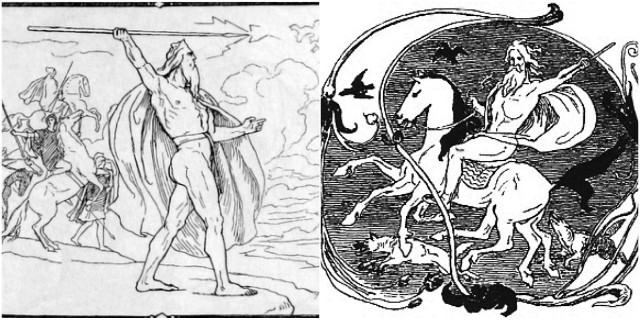The Norse mythology consists of the pre-Christian religious beliefs of the Scandinavians and Northern Germanic tribes.
These religious stories were orally transmitted among the Vikings who had lived in the Scandinavian countries, but many of the stories were forgotten. Thanks to the Icelandic historian, poet, and politician Snorri Sturluson, who recorded some of these stories in the Prose Edda, we are now able to discover the Norse mythology.
One of the most complex characters in Norse mythology is Odin who is the chief divinity of the Norse pantheon. Odin is the god of war and death but also of poetry, music, prophecy and magic.
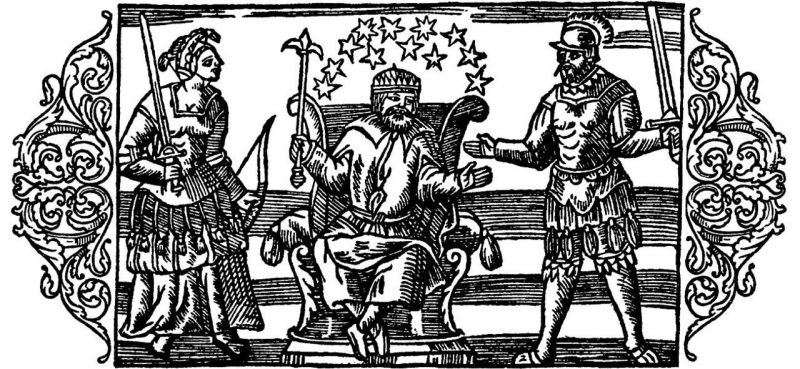
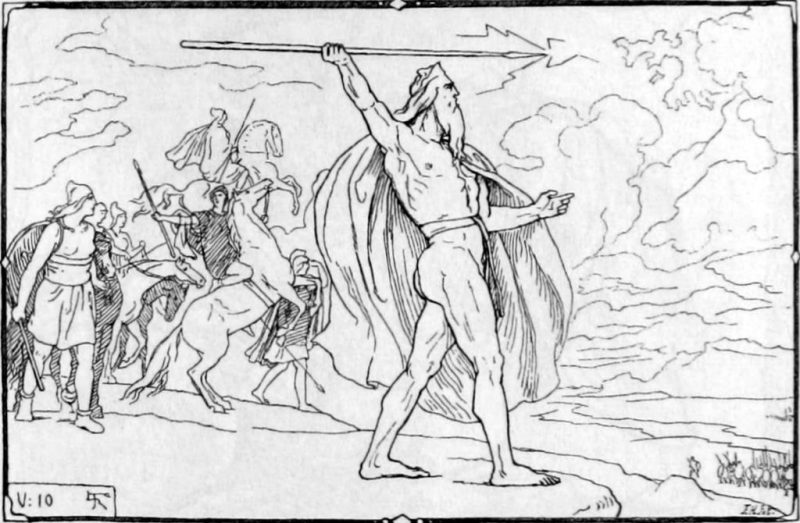
It is said that he sacrificed his eye to drink from the well of wisdom and gained knowledge of past, present, and future events. Together with his two brothers Vili and Ve, Odin killed the first giant, Ymir and used his body to create the world.
Odin is a son of Bor and Bestla. His father Bor was the son of Buri, the first god. His wife was Frigga and his sons were Thor, the god of thunder, and Tyr, the god of war. His hall in Asgard is Valaskjalf (“shelf of the slain”) where his throne Hlidskjalf is located. From this throne, he observes all that happens in the nine worlds.
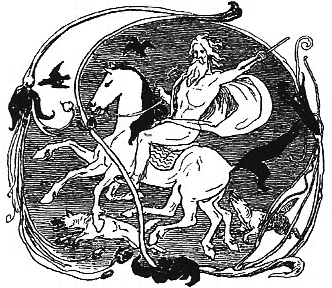
His two ravens, Hugin and Munin (Thought and Memory) circled the Earth each day and would return at nightfall and report to Odin all the news they have seen and heard. Odin rides the eight-legged horse Sleipnir that had the ability to gallop through the air and over the sea and he carried a spear called the Gungnir that would strike whatsoever he aimed at. Odin is accompanied by the wolves Freki and Geri. He gave his food to them while he partook of nothing but wine.
As we mentioned above Odin is the most complex character in Norse mythology and besides the title of All-Father, he had many other names. He was called Ygg (The Awful), Gagnrad (He Who Determines Victories), Herjan (God of Battles), Har (The High One), Jafnhar (Even as High), Thridi (Third), Nikar, Nikud, Bileyg (One With Evasive Eyes), Baleyg (One With Flaming Eyes), Bolverk (The Worker of Misfortune), Sigfather (The Father of Battle or of Victory), Gaut (The Creator or, the “Geat”), Roptatyr, Valfather (Father of the Slain), etc.
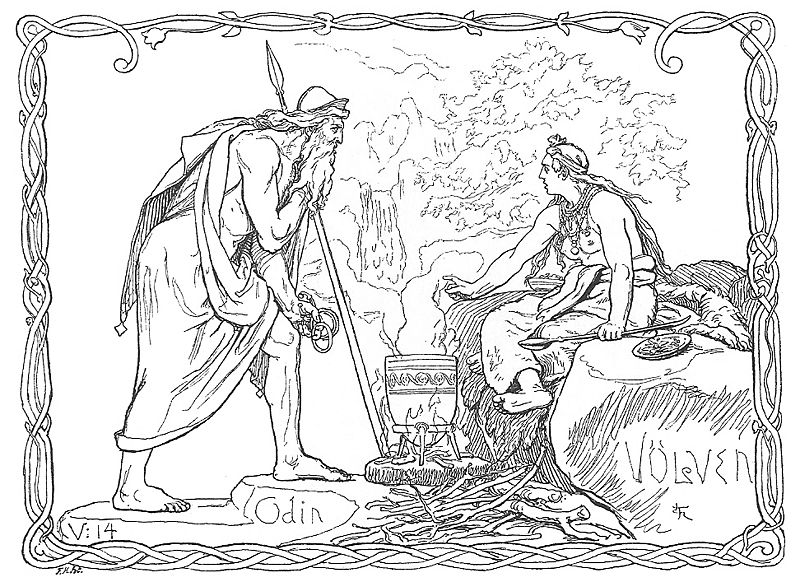
Above all other human traits, it is said that Odin valued courage the most. That is why he collected a band of only the bravest of warriors to sit with him in Valhalla.
Read another story from us: The era of the Norse Vikings and where it all began
On the day of the final battle, in which all the gods died, Odin was killed by the wolf Fenrir, a monstrous offspring of the god Loki and the frost giantess Angrboda.
